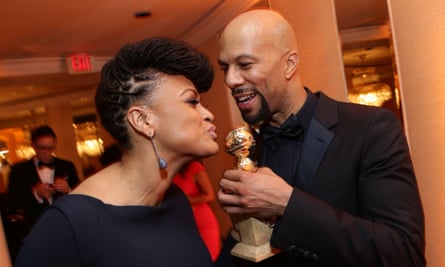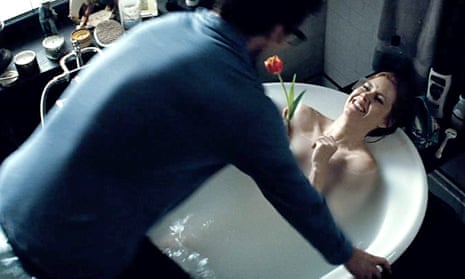Women are almost three times as likely as their male counterparts to appear in a state of undress in Hollywood movies, according to a new report.
The annual Report on the Status of Women and Girls in California found that 26% of female characters in the top 100 films of 2014 at the US box office appeared either nude or partially nude, compared to just 9% for male characters. Just 12% of films featured a female in the lead role, and only 23% of characters identified as in employment were women (compared to 46% of the US workforce).
The report from Mount Saint Mary’s University in Los Angeles found that more women were working behind the camera, though fewer than one in five had acted as director, writer or producer on a major movie over the past 15 years.
In line with previous studies, the report confirmed that Hollywood is far more hospitable towards female employees when a woman is in charge of the film. “When men solely occupy director and producer roles, 7-15% of projects have women writers, editors and directors,” the study’s authors claim. “In comparison, when one or more women occupy these same roles, 52% of directors hire female writers and 35% hire female editors; with women producers, over 20% of projects have women writers, directors and producers.”

Film continued to struggle with diversity in comparison to television, according to the study. In movies, 30% of speaking characters were female, while on the small screen the figure leapt to 42%.
Both forms of media maintained low levels of racial diversity, with 74% of characters on both film and TV played by white people. Black women played just 15% of roles, while Asian American and Latin American actors portrayed just 4% of characters between them – despite Latinos having become California’s largest demographic in 2014.

Comments (…)
Sign in or create your Guardian account to join the discussion